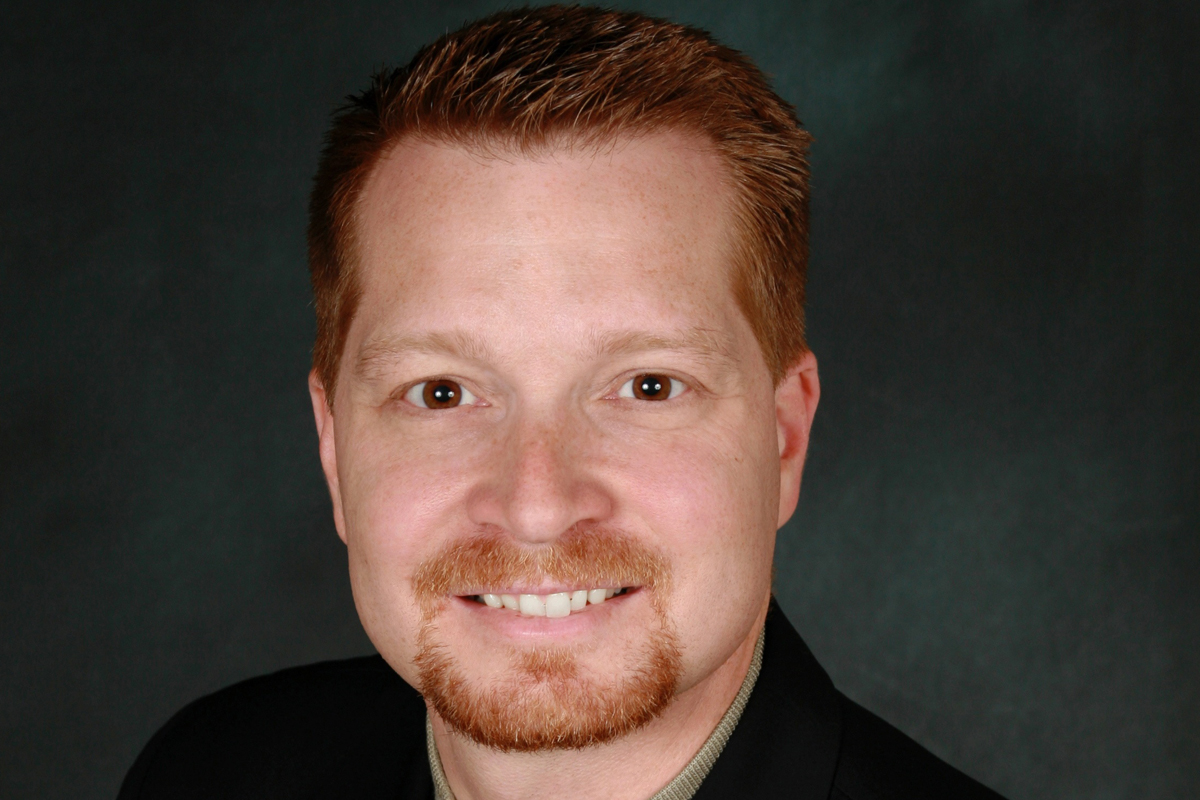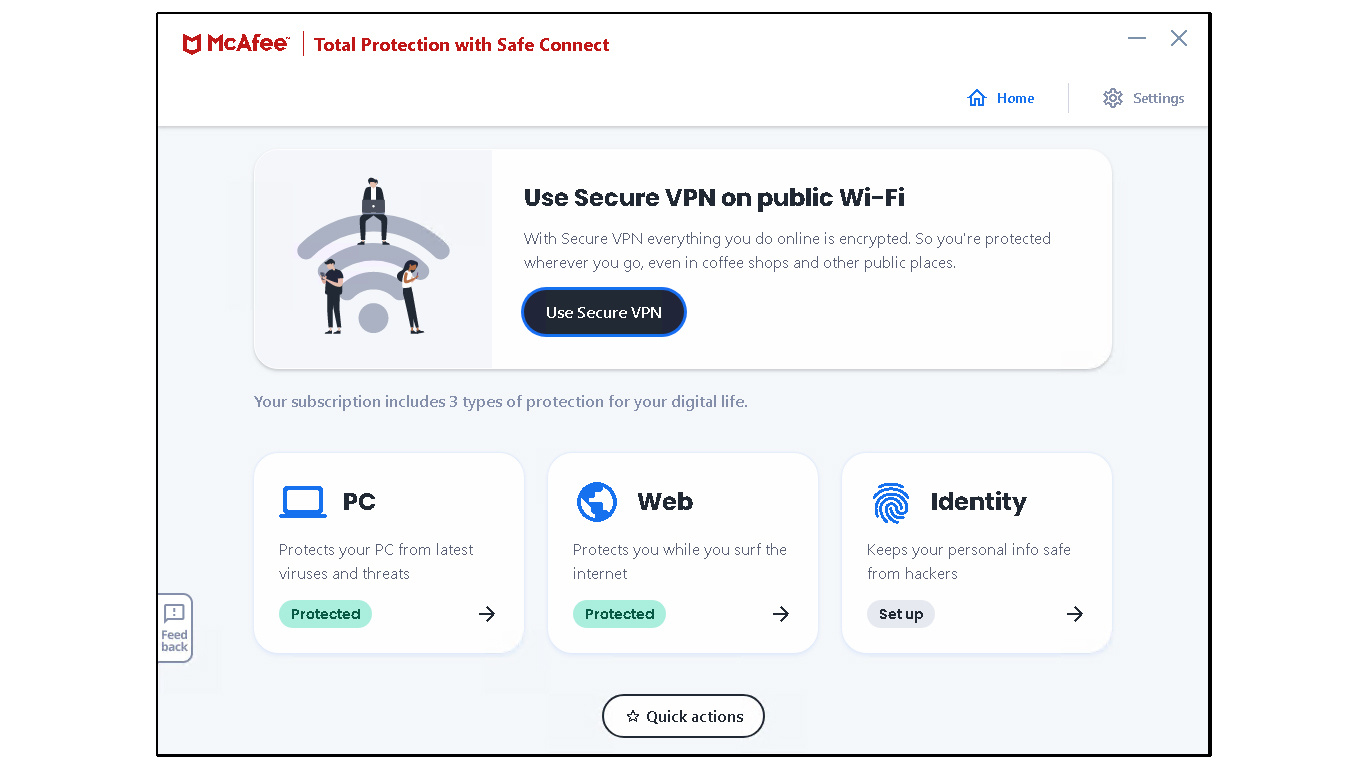Q&A: George Kurtz, CTO, McAfee
We met with the chief technology officer (CTO) of McAfee, the largest dedicated security vendor, to discuss the growing information security threats facing business, and how IT professionals can respond.

If you think about the consumerisation of IT, IT departments can no longer say no. If you have an iPad, an iPhone, or an Android [device] and want to bring it in, you will do it. What we've found is the IT departments that say no, people will still bring the devices in and people will start forwarding their work mail to their personal accounts, and read it there.
We have to embrace consumerisation as these devices are more powerful than some enterprise devices. So the question is how do you secure them and how do you enable them? We are focusing on being able to manage and provide security policies on all these devices, whether it's an iPhone, a slate or Windows Mobile. We bought Trust Digital to help organisations to manage these devices.
All IT budgets are under pressure. How do chief information security officers defend their corner, and ensure that if they do make cuts, it doesn't create new vulnerabilities?
One of the most important things is having meaningful metrics. That is lacking in the security world. There is really no way to see how company A compares to company B, in security terms, and in terms of how much money they are spending.
What we see is fairly useless metrics how many hits on our IDS how many viruses. From a CSO's perspective they need to be able to put real metrics into to business terms. Putting it into business terms allows you to articulate the value. This is the security paradox: the more nothing happens, the more secure you are.
You need metrics that can show how you reduced risk and support the business. They can't put it in terms that a business person doesn't understand: viruses, registry entries and all kinds of gobbledygook.
A business person cares about time, money, and not going to jail because of a regulatory requirement.
Sign up today and you will receive a free copy of our Future Focus 2025 report - the leading guidance on AI, cybersecurity and other IT challenges as per 700+ senior executives
If chief security officers can put it in those terms they have a much better chance of being able to pursue their agenda, and reduce risk from a business perspective.
-
 Trump's AI executive order could leave US in a 'regulatory vacuum'
Trump's AI executive order could leave US in a 'regulatory vacuum'News Citing a "patchwork of 50 different regulatory regimes" and "ideological bias", President Trump wants rules to be set at a federal level
-
 TPUs: Google's home advantage
TPUs: Google's home advantageITPro Podcast How does TPU v7 stack up against Nvidia's latest chips – and can Google scale AI using only its own supply?
-
 McAfee and Visa offer 50% off antivirus subscriptions for small businesses
McAfee and Visa offer 50% off antivirus subscriptions for small businessesNews UK Visa Classic Business card holders can access the deal starting today
-
 McAfee Total Protection review: Expensive at full price
McAfee Total Protection review: Expensive at full priceReviews Protects your PC and includes a decent firewall, but costly and less effective than some rivals
-
 McAfee Total Protection review: Quick, effective and affordable
McAfee Total Protection review: Quick, effective and affordableReviews A solid security choice, with perfect malware protection, a fully functional VPN and more
-
 McAfee’s zero trust solution strengthens private applications’ security
McAfee’s zero trust solution strengthens private applications’ securityNews MVISION Private Access grants secure access to private resources from any device or location
-
 PowerShell threats increased over 200% last year
PowerShell threats increased over 200% last yearNews A new McAfee report finds PowerShell attacks driven largely by Donoff malware.
-
 McAfee to sell enterprise business to STG for £2.8 billion
McAfee to sell enterprise business to STG for £2.8 billionNews The enterprise business will be rebranded, with McAfee focusing on personal security
-
 Has the US government finally nabbed John McAfee?
Has the US government finally nabbed John McAfee?News Official Twitter account claims notorious tech tycoon has been “detained by authorities”
-
 John McAfee ordered to pay $25 million over neighbour's murder
John McAfee ordered to pay $25 million over neighbour's murderNews Controversial figure insists that he will not pay